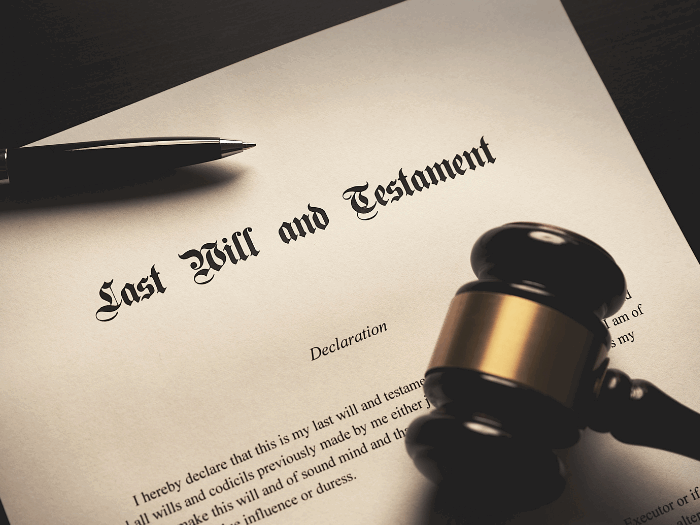The Age Pension is designed to help Australians meet living costs in retirement after their working life. However, it is not guaranteed that every Australian will receive the Centrelink Age Pension, as there are specific criteria to meet. Misunderstandings about parts of the Centrelink pension are common, so let’s outline some of the main elements of the Centrelink Age Pension.
Age Requirement
To be eligible for the Age Pension in Australia, individuals must be at least 67 years old. Although the age requirement was lower in previous years, it has now been increased. You can apply up to 13 weeks before reaching this age to maximise the timing of receiving your Age Pension from your eligible date.
Relationship Situation
Your entitlement and amount received of age pension is dependent upon your relationship status, you will either be treated as a single individual or as a member of a couple. Should one member of a couple be of age pension age and the spouse not, you will still only receive a couple entitlement.
Asset Test
The Asset Test is a crucial part of determining eligibility for the Age Pension. It accounts for most items owned by the applicant, either solely or jointly. Examples of assets included are personal assets (home contacts, motor vehicle, jewellery), personal financial assets (cash in the bank, shares, investment properties) and superannuation entitlements (account-based pension, defined benefit pension). However, there are some exempted assets, primarily an individual’s home.
The asset limits vary based on whether the individual is single or part of a couple, and whether they are homeowners. There is a lower limit, and if you are under this limit, you will receive a full pension. There is also an upper limit, and if your assets exceed this, you will not be eligible for any pension. If your assets fall between the upper and lower limits, you will receive a part pension. These asset limits change periodically, so it is important to check the Services Australia website for the latest information.
Income Test
In addition to the asset test, there is an Income Test which assesses all forms of income, including employment earnings, rental income, and investments. This test helps determine the rate at which the pension will be paid. When calculating income for financial assets (shares, cash, superannuation) a deeming rate applies. This is an assumed return that the government calculates that you earn on these investments, and this is factored into your income test.
Regarding employment income, there is a Work Bonus that ignores the first portion of income earned each fortnight and allows for any unused amount to banked, which is important for seasonal workers.
How Much You Can Get
The pension is paid fortnightly and the current rates are available on the Services Australia website. During your application process and ongoing assessment, the lower of the two results from the Assets Test and the Income Test will be used to calculate the final pension amount. These rates can vary based on individual financial circumstances, including total assets and additional income.
Other Benefits
Pension recipients may also qualify for additional supplements to help cover specific costs:
Pension Supplement – intended to assist with daily living expenses
Energy Supplement – provided to help manage costs related to home heating and cooling
Concession Card – providing health benefits along with other cost of living rebates which varies by state.
The Age Pension provides vital support to older Australians, ensuring financial stability in retirement. By understanding the criteria and benefits associated with the pension, individuals can better navigate their retirement planning and access the benefits they are entitled to. For more detailed information, potential applicants should refer to the Services Australia website or consult directly with a Centrelink representative.
The Money & Life website is operated by the Financial Advice Association (FAAA). The views expressed in this article are those of the author and not those of the FAAA. The FAAA does not endorse or otherwise assume responsibility for any financial product advice which may be contained in the article. Nor does it endorse or assume responsibility for the information accessible via any links provided in the article. Please consider seeking advice from a qualified professional to ascertain how the information in this article and the links provided may relate to you.








